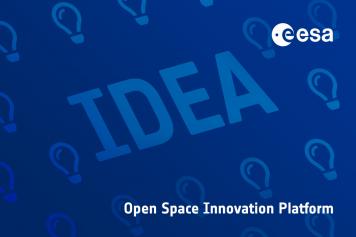Communication systems have been through a revolution in the past decades, thanks to improvements in support technology as well as modulation and signal processing schemes. One of those improvements comes under the guise of Software Defined Radio (SDR), an enabling technology which allows flexible and high-performance radio applications such as communication and instruments, through digital signal processing, simplifying the processing chain and lowering the complexity of the RF chain, as well as improving resilience against noise. A key enabler for SDR applications are modern RF transceiver integrated circuits embedding in the same package the conversion between analogue and digital domains, and therefore saving power, board area and component count, which translates into lower costs. There are promising transceivers coming from 4G and 5G terrestrial applications, such as the Analog Devices AD936x family, and the more recent and advanced ADRV90xx family, or the Texas Instruments AFE74xx family, which provide single and/or multiple wideband transmit and receive channels in a single circuit, with some components providing embedded Digital Signal Processing (DSP) features such as Digital Up- and Down-Conversion, thus embedding in the same package powerful analog and digital functions. These transceivers can be easily interfaced with an FPGA for implementing high-performance SDR applications, including direct conversion up to X-band. Applications such as agile transponders, flexible RF payloads, including cognitive radio applications, and even microwave instruments, such as radars can exploit these advanced RF transceiver components, by understanding their behavior under radiation - both the analog and digital parts - together with the provision of reference designs to enhance their availability in different scenarios. The applicability of such applications could range from institutional missions down to smaller cubesats, e.g. reconfigurable transponder.

